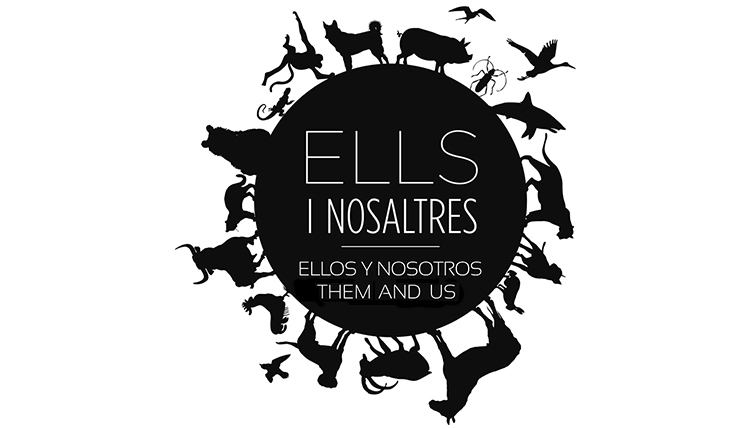- Artist:
- Eduardo Kac
- Date:
- 2015
- Technique:
- Google Earth work of art with a Lagoglyph printed on canvas installed on the roof of Es Baluard
- Dimensions:
- 10 x 12 m approx.
- Origin:
- Es Baluard Museu d'Art Contemporani de Palma, donated by the artist
- Registration number:
- 987
- Duration:
- 1’16’’
- Acquisition year:
- 2019
- Exposed:
- No
The piece, located on the roof of Es Baluard, is the second large installation from the series of works the artist is producing called Lagoogleglifos. They are works created specifically to be viewed in Google Earth. His first experience of this kind was made on the roof of the Oi Futuro Art Center building in Rio de Janeiro. These installations are a variation of another series of works by Kac called Lagoglifos, a series of works that create a form of visual language which evolves from the artist’s genetically-modified work GFP Bunny, the famous rabbit, Alba. Both the Lagoglifos and the Lagoogleglifos are designed to serve as a counterpoint to the multitude of discourses generated globally as a result of his project with Alba, a first experiment with a living being. In this regard, as well as creating the first Bio Art works, even experimenting with himself, since the year 2000 Kac has been researching a visual language the signs of which do not produce meaning via conventional verbal logic, but emotional meaning, caused by purely visual elements; in other words, by articulating it in organised patterns through variation in size, rhythm and movement.
E.C.
Eduardo Kac, a Brazilian artist living in the United States, his work explores the fluidity of the subject’s position in the post-digital world, questioning evolution, memory and even the condition of creation. A representative of the art of the new media, he is internationally renowned for his interactive installations and his Bio Art works, in which he explores the connections between the physical and the virtual, the biological and the technological. In 2000 he achieved worldwide fame for the creation of Alba, a real live fluorescent rabbit. This genetically-modified rabbit was created in the French National Institute for Agricultural Research by adding the fluorescent green protein gene from a type of jellyfish to it. To the naked eye it was completely normal, but when examined under a blue light it emitted a fluorescent green glow. This project gave rise to a huge number of critical discourses regarding the legal, ethical or aesthetical aspects of art, science and society in relation to the developments of gene technology.
E.C.

